Snowmobile Storage: Part One
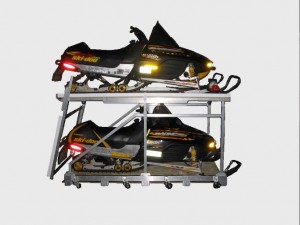 Even though it is only March, I’m afraid that I already have no choice but to throw in the towel on this snowmobiling season. The extreme lack of powder has been disappointing to say the least, but at least the weather is nice enough that I can start taking out my ATVs. I always take precautions when storing my sled, but I will be particularly careful this year, as there will be an unusually long offseason.
Even though it is only March, I’m afraid that I already have no choice but to throw in the towel on this snowmobiling season. The extreme lack of powder has been disappointing to say the least, but at least the weather is nice enough that I can start taking out my ATVs. I always take precautions when storing my sled, but I will be particularly careful this year, as there will be an unusually long offseason.
The next couple of days we will outline the proper steps to take when storing your snowmobile. Handling the gasoline, Evinrude XD100 and other fluids appropriately is essential to prolong the life of your sled. It’s undoubtedly the last thing you want to do at the end of the season, but when you take your snowmobile out of storage next year, you’ll be glad you did.


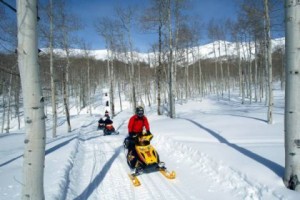
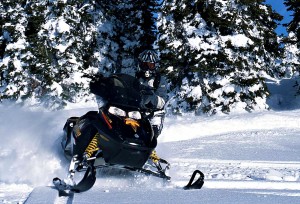
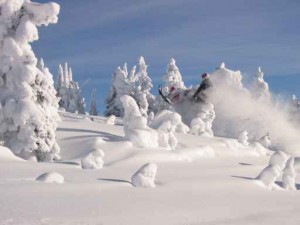 Yesterday we reviewed some of the pre-ride checks that you should go through every time you ride your motorcycle — primarily, checking the levels of gas and
Yesterday we reviewed some of the pre-ride checks that you should go through every time you ride your motorcycle — primarily, checking the levels of gas and 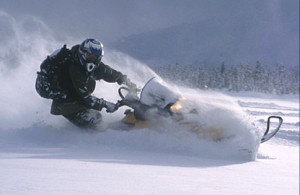
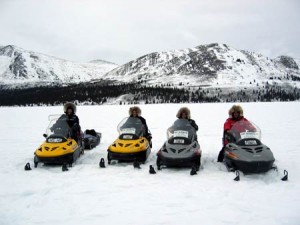 Calgary, Alberta is one of the most beautiful locations in the world. While in the city you have all the amenities you would come to expect from an urban metropolis, on the outskirts you have gorgeous properties situated in the wilderness. Calgary is a unique area because it enjoys hot summers and cold winters. In the summer the temperature can reach beyond 100 F, and during the winter the temperature often dips below 0 F.
Calgary, Alberta is one of the most beautiful locations in the world. While in the city you have all the amenities you would come to expect from an urban metropolis, on the outskirts you have gorgeous properties situated in the wilderness. Calgary is a unique area because it enjoys hot summers and cold winters. In the summer the temperature can reach beyond 100 F, and during the winter the temperature often dips below 0 F.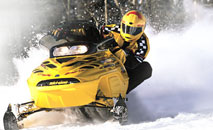 Today there are literally hundreds of attachments and accessories for your ATV that can make it adept in virtually any climate. Not only will they allow you to tackle treacherous terrain, but they will also make your ride more comfortable, fun and safe. Just search for the right stuff for you and you can be on your way to a lot of fun trips.
Today there are literally hundreds of attachments and accessories for your ATV that can make it adept in virtually any climate. Not only will they allow you to tackle treacherous terrain, but they will also make your ride more comfortable, fun and safe. Just search for the right stuff for you and you can be on your way to a lot of fun trips.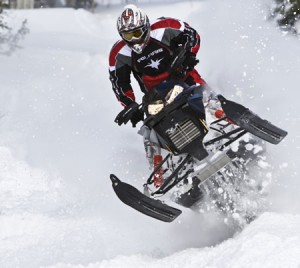 The last two days we have reviewed some of the basic checks that you should go through every time that you take your snowmobile out. Once you have ensured that the
The last two days we have reviewed some of the basic checks that you should go through every time that you take your snowmobile out. Once you have ensured that the 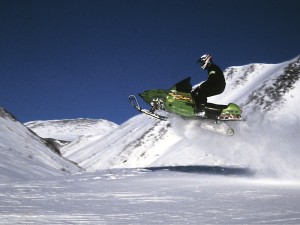 Yesterday we discussed how to check the
Yesterday we discussed how to check the 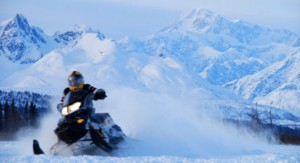
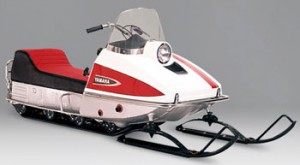 The first snowmobile-esque vehicle to be manufactured was intended for military and police transportation. In the mid to late ’50s, Bombardier created a rudimentary snow track machine capable of holding up to a dozen people. Needless to say, this machine bore little resemblance to the sleek, sporty recreational sleds of today. Bombardier released a more compact snowmobile in 1959; for the first time, such a machine was meant for public use.
The first snowmobile-esque vehicle to be manufactured was intended for military and police transportation. In the mid to late ’50s, Bombardier created a rudimentary snow track machine capable of holding up to a dozen people. Needless to say, this machine bore little resemblance to the sleek, sporty recreational sleds of today. Bombardier released a more compact snowmobile in 1959; for the first time, such a machine was meant for public use.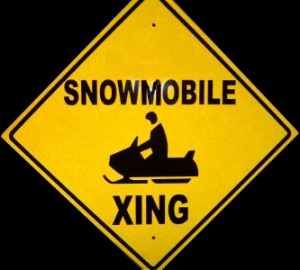 Today we conclude our week-long look at snowmobiles. It all began Monday with an exploration of a typical sled’s drive system. From there, we compared and contrasted snowmobile tracks with those of a tank. Yesterday we posted some brief thoughts on the environmental impact of snowmobiling and the importance of replenishing
Today we conclude our week-long look at snowmobiles. It all began Monday with an exploration of a typical sled’s drive system. From there, we compared and contrasted snowmobile tracks with those of a tank. Yesterday we posted some brief thoughts on the environmental impact of snowmobiling and the importance of replenishing